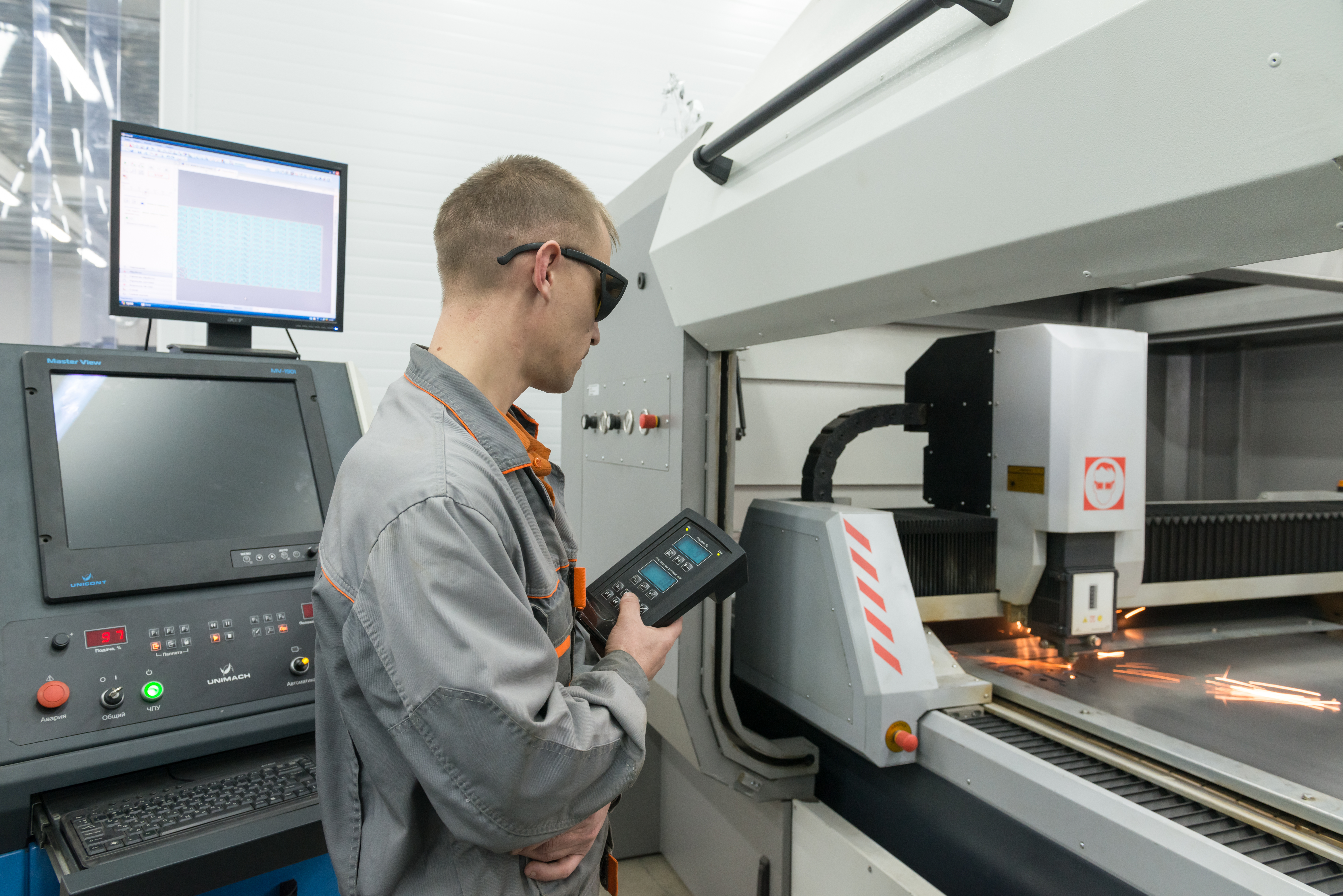When it comes to precision, consistency, and cost control in bespoke aluminium profile fabrication, selecting the right machining process is critical. The choice directly affects both quality and cost balance in the final extruded and machined aluminium product.
In this article, we examine CNC machining versus punching to help determine when each process works best for your aluminium profile.
Machining your extruded aluminium profile
Firstly, machining is the process of removing material from an extruded aluminium profile to achieve the required shape, fit, or finish. After extrusion, most profiles need secondary operations to reach final specifications. These can include:
• CNC machining for positional tolerances and complex geometries
• Milling for flat surfaces, slots, or contours
• Drilling and tapping for threaded holes and mechanical assembly points
• Cutting and sawing for precision lengths and angles
• Punching and pressing for repetitive holes or slots with tight tolerances or high volumes
• Deburring and finishing for clean edges and visual appeal
Choosing the right combination depends on profile function, tolerances, and production volume. But when is punching better than CNC, and vice versa?
When CNC is the right solution
CNC (Computer Numerical Control) machining remains the foundation of precision aluminium manufacturing. It provides exceptional repeatability and allows for complex features with tight dimensional accuracy.
CNC is particularly valuable when:
• Blind holes required on the same surface at controlled depths.
• Complex contours or interlocking features must be machined precisely.
• Tight positional tolerances are needed across multiple operations or assemblies.
• Prototype or low-volume production is planned; CNC machines work directly from CAD data, avoiding costly tooling.
In these situations, CNC ensures every part matches the digital model exactly and maintains a consistent surface finish.
However, when holes need to be exact across all profiles, or production volumes rise, simpler and faster methods may achieve the same or better precision at a much lower cost.
When CNC machining isn’t the best option
Not all bespoke aluminium profiles require CNC machining. For large production runs or repetitive geometries, punching systems can often outperform CNC in speed, consistency, and even accuracy.
When punching is better:
• No vibrations: CNC drilling and milling can generate vibration that slightly affects hole precision, especially in thin sections. Punching operates in one controlled motion, producing clean and repeatable results.
• Perfect repeatability: Each press stroke delivers identical holes, which is ideal for high-volume parts requiring constant accuracy.
• Quality control: CNC errors can be difficult to detect without full inspection (which doubles cost). Punching deviations are visible immediately, allowing quicker checks and corrections.
• Cost efficiency at scale: When a custom tool or die is built, the per-part cost drops dramatically, particularly for long production runs.
Even for complex profiles, some features can be produced more efficiently with custom jigs, punches, or semi-automated setups. A one-time investment in a dedicated tool can reduce long-term costs and maintain high precision.
A case study where punching outperformed CNC
At ALUCAD, we always aim to maximise client value and ensure the chosen machining process saves on cost, rather than driving it.
In one project, a client’s original design relied entirely on CNC machining. After reviewing the geometry, our engineers identified that the features could be produced more efficiently with punching. We designed and manufactured a custom tool for the punching machine—a complex piece of tooling, but one that quickly proved its worth.
As a result, machining time and cost were cut substantially, and the total delivered price—including all processes, not just machining—was roughly equivalent to the material cost alone that the client had expected elsewhere.
The key to efficient aluminium profile machining
Efficient aluminium profile machining means aligning technical requirements with production economics. Every factor matters, from profile geometry and alloy composition to function, volume, and tolerance.
At ALUCAD, we analyse each project to create a bespoke machining strategy that balances precision, repeatability, and cost-effectiveness. Many of our engineers have been with us for over a decade, continually refining our processes to improve efficiency and output quality.
We provide end-to-end support for bespoke extruded aluminium products, from design and extrusion to machining and packaging. Our core strength is machining, and the more complex the profile, the greater the value we can deliver.
If you are developing a profile with extensive machining requirements and need a partner who understands both engineering precision and procurement efficiency, ALUCAD delivers high-precision aluminium machining built to European standards with lean, cost-efficient production.
Contact us to find out how we can bring your bespoke extruded aluminium product to life.
